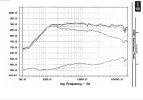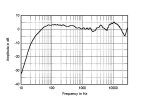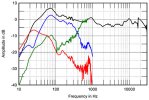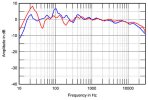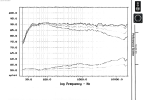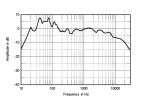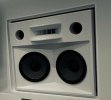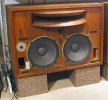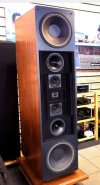Tryphon
Member
Yes and no. On one end, listing gear used for "Kind of blue" (as an example of an album many people like) will be more archeology than practical information. But on the other hand we are in the middle of the "circle of confusion" as per Floyd Toole where as end user we rely on decision made using unnormed listening gear.This list would be just as useless as a list of the most iconic photos and the camera used to take them. Or to make it more clear a list of the finest fiction books and the typewriter/pen used to write
Btw; the analogy with photography (in the pre digital fine arts world) will be about the paper and masking done for the original print (see for example price gap between prints done by Edward Weston and the ones by his son Cole).
You are probably right in that. To take again the example of Galaxy studios, when you build a hall of a few hundred square meters and a few dozen of concrete tons on spring for isolation, high-end speaker are pocket money.Because they can. High-end speakers with good amplification is a nice solution, but extremely expensive in terms "performance per dollar".
